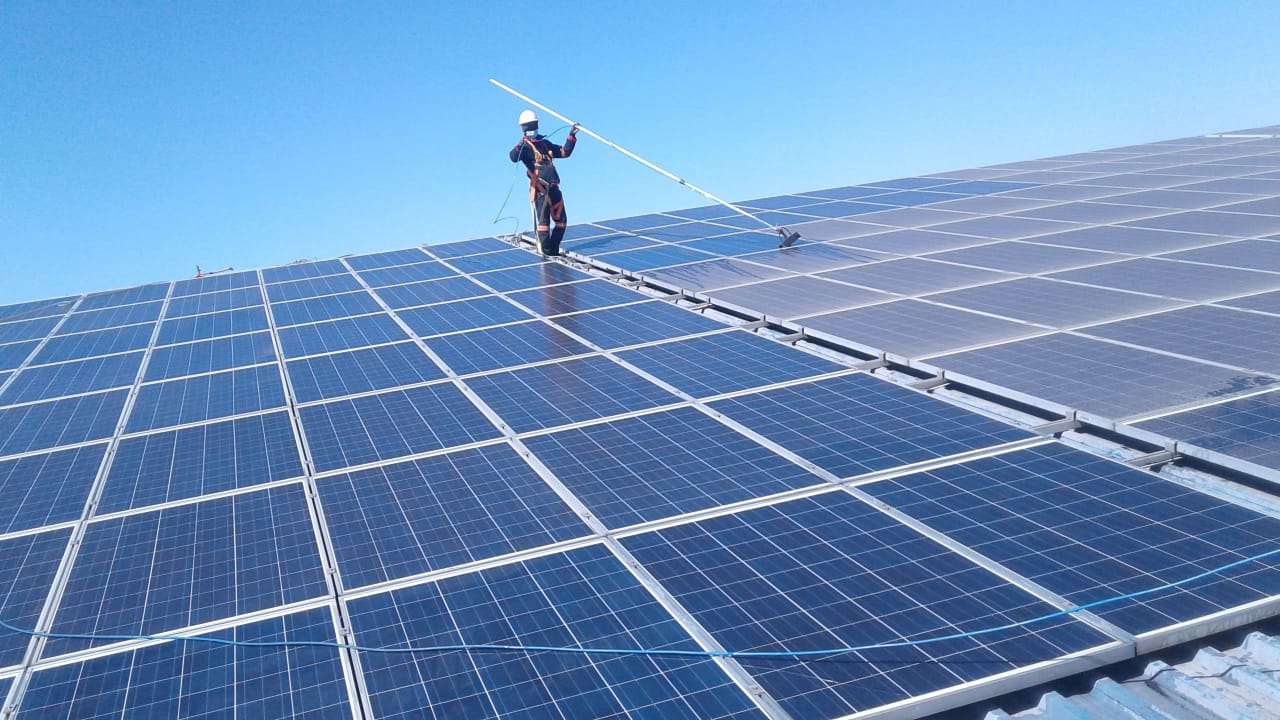This is an excellent question. If you have a solar system, you would definitely want to know your return on the investment. In this quick article, we will share with you the tools needed to calculate the amount of power your panels output. We will also mention some of the criteria that may affect solar panel efficiency.
What is the Standard Test Condition Rating?
When choosing a solar panel, you would have referred to the Standard Test Condition (STC) rating to ensure the panel can generate the required amount of energy. The STC rating is indicated by a number listed on the back of the panel. This number advises the amount of power that particular panel will generate under ideal conditions. These ideal conditions of the testing environment include carefully controlled temperature and light.
Exactly 1,000 watts per square meter of solar light is shined on the solar panel during testing. The STC rating’s unit of measurement is the watt or kilowatt. Wattage is calculated by multiplying the solar panel output voltage times the amperes (amps).
What factors impact solar panel output?
The solar panel output depends on multiple factors, such as the solar panel’s size, efficiency, and cell type.
1. Solar panel size
The average-sized solar panels found on the market today consist of either 60 or 72 photovoltaic (PV) cells. Typically, because larger solar panels offer a greater surface area to absorb sunlight, they result in higher solar panel power output. On average, 60 PV cell solar panels have a power output of 270 watts to 300 watts and 72 PV cell panels garner between 350 watts and 400 watts of power in standard test conditions.
2. Efficiency
Solar panels come with efficiency ratings. These ratings measure the amount of sunlight each solar panel captures. Solar panels with a 20% efficiency can convert 20% of the sunlight that shines on the face of that panel. Higher efficiency panels cost more than those with lower efficiency ratings.
3. Solar panel cell type
The solar panel cell type also affects the power output of a solar panel. Current solar panels are made with silicon solar cells. The most common types are monocrystalline and polycrystalline solar cells which have similar solar panel power output.
What factors impact solar panel efficiency?
Finding ways to minimize efficiency-loss enables your panels to generate energy optimally. There are a few factors that contribute to panel efficiency:
1. Maintenance
How often do you clean your panels? Debris or dust build-up on panels causes them to be less efficient. Wiping them down with a soft cloth a few times a year will give them the best opportunity to operate at their optimum.
2. Orientation
The direction your panels face also influences your solar system’s efficiency. Face your panels towards the Equator to maximize your solar panel output. The tilt of your panels also impacts panel efficiency. Set the tilt of your panels equal to your latitude.
3. Degradation rate
Each year solar panels lose approximately 0.5% to 1% of their rated output. This happens to all solar panels regardless of their type, but the exact percentage varies depending on the panel. Consult the panel manufacturer’s warranty for more information on degradation.
4. Shading
Shade blocks the sunlight your solar panels are meant to absorb and reduces your system’s energy production. Ideally, install your solar power panels in a location that receives full sunlight all year long.
Calculating solar panel output
After considering factors that can impact solar panel output and efficiency, you can then figure out how much power your panels are generating on a daily and monthly basis.
Simply follow this calculation:
Solar Panel Output = STC Rating (watts) x Peak Sun Hours in a Day x 75% (Daily watt hours)
The daily solar panel output is equal to the panel’s STC rating multiplied by the peak hours of sun your panel gets in a day, multiplied by 75%. Your total is the amount of watt hours that panel produces in a day.
Why is 75% in the equation? That’s to adjust for the factors we discussed previously that affect the solar panel output.
Once you know the panel’s daily output, you can then multiply this number by the number of days in the month and you’ll have your monthly watt hours.
You may be more familiar with kilowatt hours. To convert watt hours to kilowatt hours (kWh) simply divide your watt hours by 1,000.
Considering a solar installation for your facility? CHAT to us!


